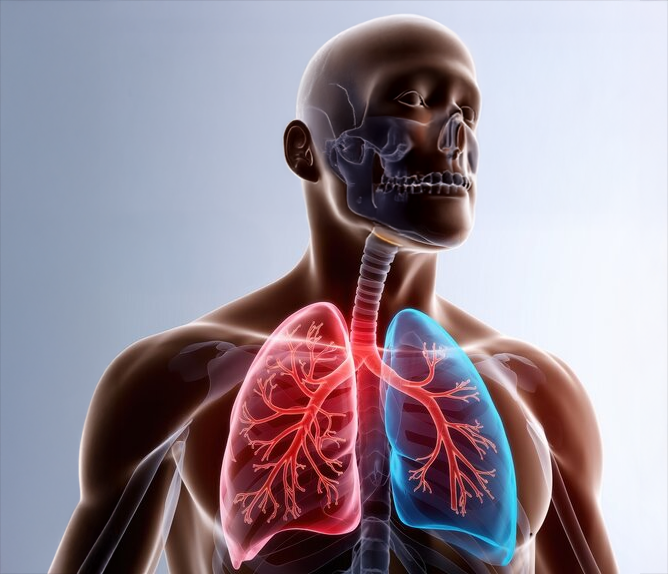As Seen In
Driving growth through partnerships
How The CareMD Works For You?
The CareMD is a telehealth platform that allows patients to consult with competent doctors from the convenience of their homes. The CareMD makes it easier to receive or refill prescription medications for common conditions like pink eye, STDs, ear infections, allergies, and many more.
No Appointment Necessary
If you need a prescription, there’s no need to wait. Just follow these simple steps to get treated today.
What is Acne?
Acne is a common skin condition that occurs when hair follicles become clogged with oil, dead skin cells, and bacteria. It typically affects areas of the skin that are rich in oil glands, such as the face, forehead, chest, upper back, and shoulders. Acne can manifest in different forms, ranging from mild to severe, and can cause various types of blemishes on the skin.


Causes Of Acne
Sebaceous glands in the skin produce an oily substance called sebum. In individuals with acne-prone skin, these glands tend to produce excessive amounts of sebum, leading to oilier skin and contributing to the development of acne.
When the production of sebum is excessive, it can mix with dead skin cells and other impurities, clogging the pores. This creates an environment favorable for the growth of acne-causing bacteria.
The bacterium Propionibacterium acnes (P. acnes) is naturally present on the skin. However, in individuals with acne, there is an overgrowth of these bacteria within the clogged pores. P. acnes releases substances that contribute to inflammation and the formation of acne lesions.
When the pores are clogged and bacteria multiply, the body's immune system responds by triggering an inflammatory response. This inflammation causes redness, swelling, and the formation of acne lesions.
Some medications, such as corticosteroids or hormonal treatments, can trigger or worsen acne. Additionally, using certain cosmetics or skincare products that are comedogenic (tend to clog pores) can contribute to the development of acne.

Symptoms of Acne Infection
- Comedones are non-inflammatory acne lesions. They can appear as blackheads or whiteheads. Blackheads are small, dark bumps that form when pores are clogged with oil, dead skin cells, and bacteria. Whiteheads, on the other hand, are small, flesh-colored bumps that develop when pores are clogged but remain closed.
- Papules are small, raised, red bumps on the skin. They are usually tender to the touch and are caused by inflammation and infection of the hair follicles.
- Pustules are similar to papules, but they have a white or yellowish center filled with pus. They are often referred to as pimples and can be painful and inflamed.
- Nodules are larger, deeper, and more severe acne lesions. They are firm, painful, and located deep within the skin. Nodules can be quite persistent and may lead to scarring.

Treatment
There are prescriptions available to relieve or cure symptoms of Acne. At the CareMD, our licensed physicians provide you with the best treatment option for Acne to prevent complications and spread.
Recommended treatment
- After an initial observation and home remedy failure, consult us for antibiotic ointment and pills
Ready To Start Treatment
Begin consultation to chat with an online doctor.




























